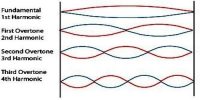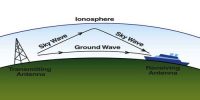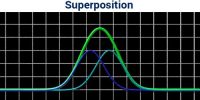Progressive wave Explanation in terms of Wave and Sound
We know that when a stone is thrown on a calm water of a pond progressive wave is produced and this wave after progressing through water continuously reaches to the shore. When sound is produced in an open field progressive longitudinal wave is produced and it continuously progresses through air. If all the particles are vibrated with simple harmonic motion then progressive wave is generated. In order to transfer vibration from the source to the next particle some time is needed, so a phase difference is produced between the two particles. If the wave travels from left to right then naturally the phase of particles from left to right becomes less. So, phase difference between the first particle and distant particles continues to increase. But the phase difference between two adjacent particles will remain the same.
When a wave propagating from one layer to another layer of a wide medium progresses continuously in the forward direction, then it is called progressive wave.
Example:
(a) When a stone is dropped in water, transverse waves are generated on the surface of water. These waves progress forward with time and reach to the shore. So, waves of water are progressive transverse waves.
(b) When a speaker speaks, he produces sound. These waves are longitude waves which progress from the speaker through air medium and reach to the listener. So sound is progressive longitudinal wave.
(c) In stringed instruments like guitar, esraj etc. stationary waves are produced by the superposition of transverse waves. On the other hand, in wind instruments like flute, organ pipe etc. stationary waves are produced by the superposition of longitudinal waves.
















